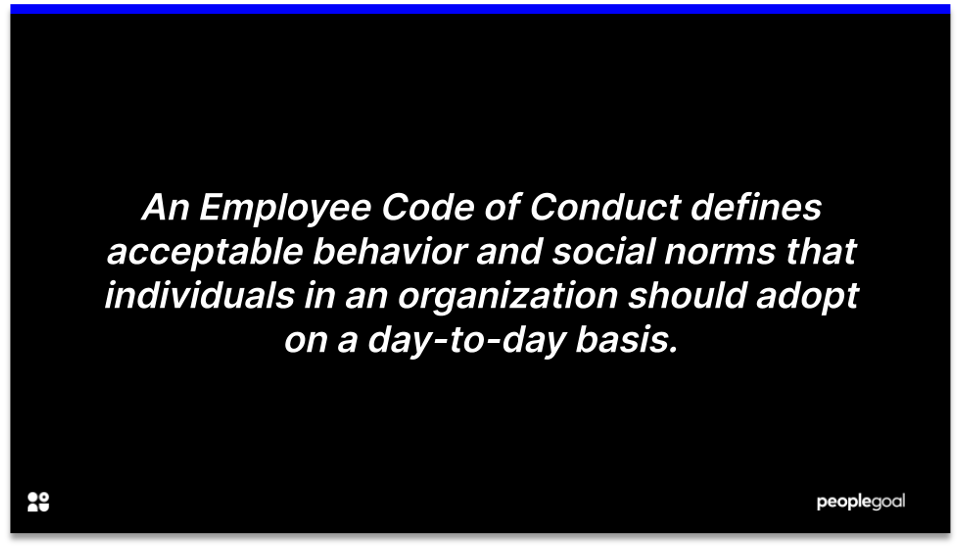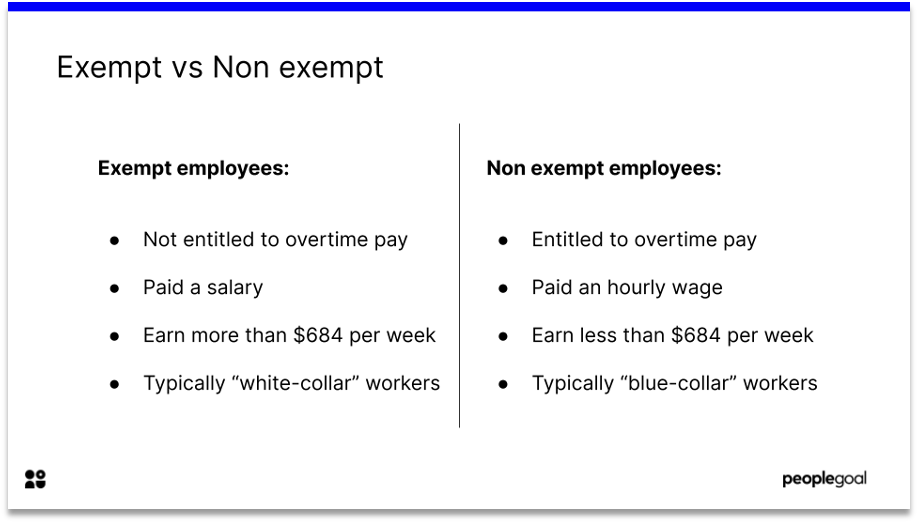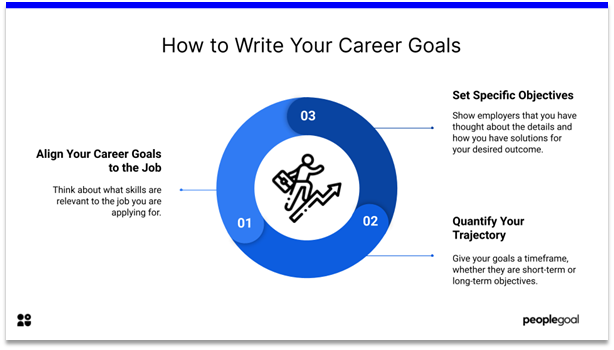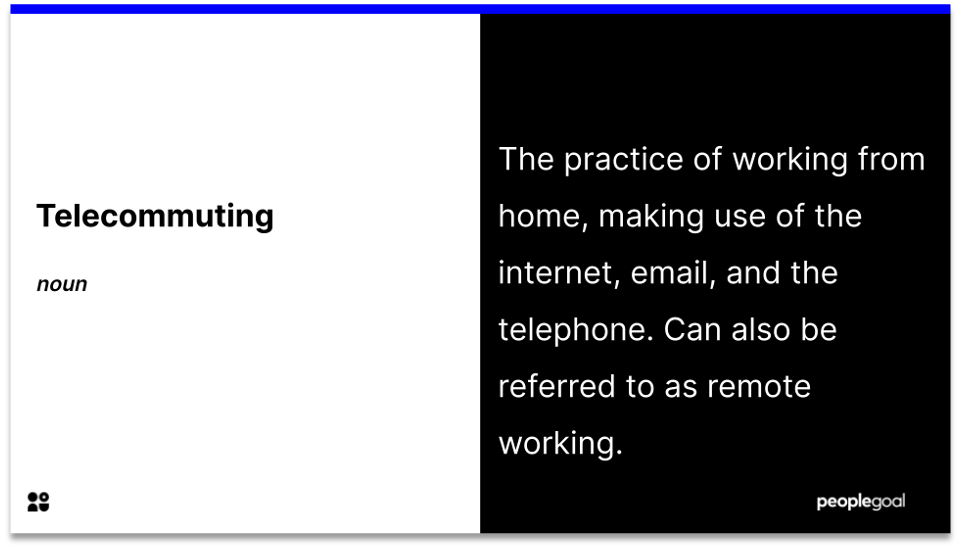A growing number of people now either have the option to, or actually work remotely in the UK and US. Working remotely means that an individual works from a place of their choice (outside the workplace) for at least one day a week. According to data from the Office of National Statistics (ONS), in 2015, 4.2 million people across a range of sectors work from home, with businesses (regardless of size) becoming increasingly more likely to integrate a remote working strategy in their model. It is expected that by 2020, 50% of the UK workforce will have a remote working element integrated into their lifestyle.
With this ever-growing remote population comes a double edged sword. Alongside the range of benefits associated with remote working comes the potential for negative effects. Isolation, reduced productivity and stress are potential drawbacks of remote working. One which may cause most damage is anxiety in the remote workplace.
Before continuing, it is important to make a distinction. Anxiety and stress are related, but they are not the same thing. Stress is a response to external stimuli, which is subsequently reduced or removed when the problem has been tackled. Anxiety on the other hand is quite a lot more self-sufficient, with its existence continuing for no apparent reason. In a business context, stress is often removed following a business pitch that someone has been preparing particularly hard for. Anxious feelings are not negated following the completion of a task.
The World Health Organisation estimates a global population of 260 million people suffer from anxiety. Work culture and anxiety appear to have quite a strong relationship, with anxiety having an effect on workplace performance, quality of work and relationship with co-workers, peers and supervisors.
Remote working may appear to be a solution for people who have social anxiety, providing them with the opportunity to work from home without constant social interaction. This may be true of some people, but remote working also has the potential to induce heightened levels of anxiety. According to the psychologist Catherine Madigan, working from home can be a ‘perfect storm’ for those already suffering from anxiety disorders. She continues:
“The isolation and social deprivation of working from home can exacerbate the condition of a socially”
It is thus of the upmost importantance to explore opportunities which may reduce feelings of anxiety in remote workers.
Methods of reducing anxiety for remote workers
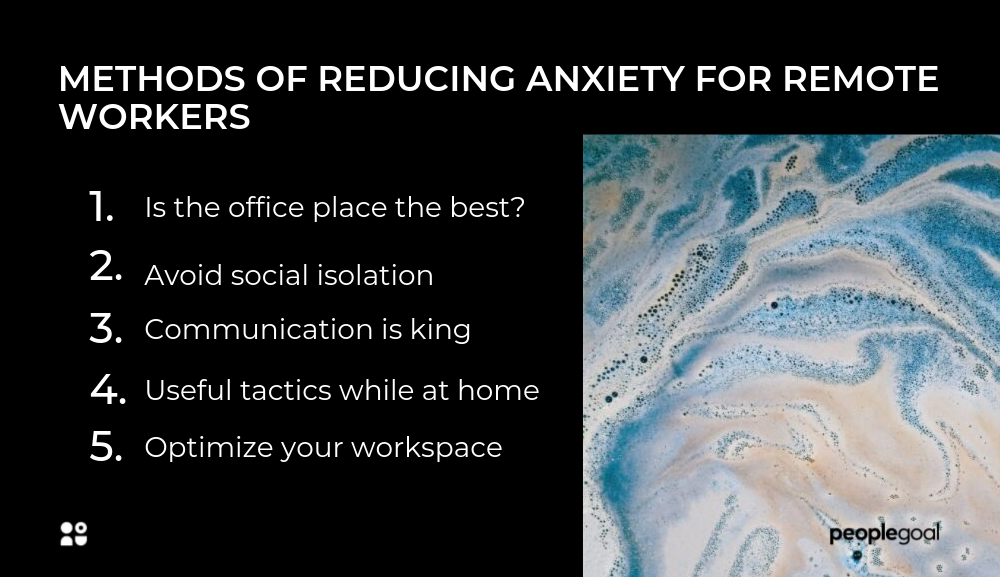
1. Is the office place sometimes best?
Take some time to consider if working from home is really for you. Also take some time to consider whether spending more time working in the office, with a reduced element of remote working. An article in HuffPost Healthy Living states:
“if you struggle with depression, for example, working from home has the potential to exacerbate feelings of isolation and perpetuate inactivity”
The same rings true for anxiety. With continuous social isolation comes the greater risk of developing more engrained, fervent feelings of anxiety.
It may be the case that increasing your time in the office workplace reduces these feelings of isolation, making it an important strategy to consider.
2. Avoid social isolation!
If you decide that remote working is the best option for you then it is important to avoid social isolation. There are plenty of different options for you to try, to make sure you find the thing you like. Yoga, coffee shops and co-working spaces offer alternatives to meet people or work remotely in areas with relaxed social interaction. It may be difficult to envisage oneself getting out into these environments, especially if they have social anxiety issues, but this is a well-documented strategy to help dealing with issues.
3. Communication is King
We all know the importance of communication in the workplace in relation to productivity and achieving goals. An inherent feature of remote working is the absence of direct, physical interaction. This may lead people to feel anxious, believing that they are not involved in meetings, conversation and plans. Improving unified communication channels between you (the remote worker) and your peers, managers and supervisors will reduce anxiety; providing you with greater clarity over your missions and goals, as well as feeling more integrated in the team. Slack has this potential with an easy to use, fun messaging service. For a more, direct, physical interaction, perhaps set up a 10-minute video call with your manager on a daily basis, supplemented by messenger channels like Slack.
4. Useful tactics while at home
There have been many documented tactics for optimizing remote working and reducing anxious feelings. Sticking to a schedule when working at home is key. Wake up at a regular time each day, have breakfast, shower and get dressed. Follow a schedule and define the hours that you will be working that day.
Practise self-care while remote working. Make time for exercise or meditation. There are now plenty of apps like Headspace which get you to dedicate 20 minutes per day to meditation. This links into point two (Avoiding social isolation), get out of the house, change your environment and embrace relaxation.
5. Optimize your workspace
What’s great about remote working is that your workspace is exactly that – yours! Create a pleasant workspace, treat yourself to niche little gadgets, pleasant photos, and things that generally produce feelings of positivity. Don’t let your desk pile up with paper, either to do with work or your own taxes which will undoubtedly cause stress and anxiety. Remember your boss won’t see your desk, have plants, have a basketball hoop over a bin, have a nice set of speakers and most importantly, make sure your workspace is a setting which induces positivity!
How can the company help to prevent anxiety in a remote workplace?
A company isn’t doing its job right if it isn’t treating the employee’s emotional wellbeing with the upmost respect. It is in the interest of the company to look after employees’ wellbeing, the charity Mind reported that 60% of employees say they’d feel more motivated and more likely to recommend their organization as a good place to work if the employee takes action to support mental wellbeing.
It can appear challenging to provide remote staff the support they need when they express anxious and depressive symptomology, but making a few small changes will go a long way!
The most important step to take is to make sure all staff (including those working remotely) have access to and feel somewhat comfortable talking about their mental health. For those working remotely this may be more difficult as physical interaction is reduced. Consider employing third-party mental health experts who will have had experience dealing with remote workers.
Building a real communication network is imperative. Make sure that communication isn’t confined to email, nor video calls restricted to large-scale projects. Take time to call remote employees for even 10 minutes to keep them updated, and to ask them how their work is going.
Want to read more? Check out our blog on ‘Work Stress Awareness: What can help? An employee and employer perspective?’
Ready to 3x Your Teams' Performance?
Use the best performance management software to align goals, track progress, and boost employee engagement.

